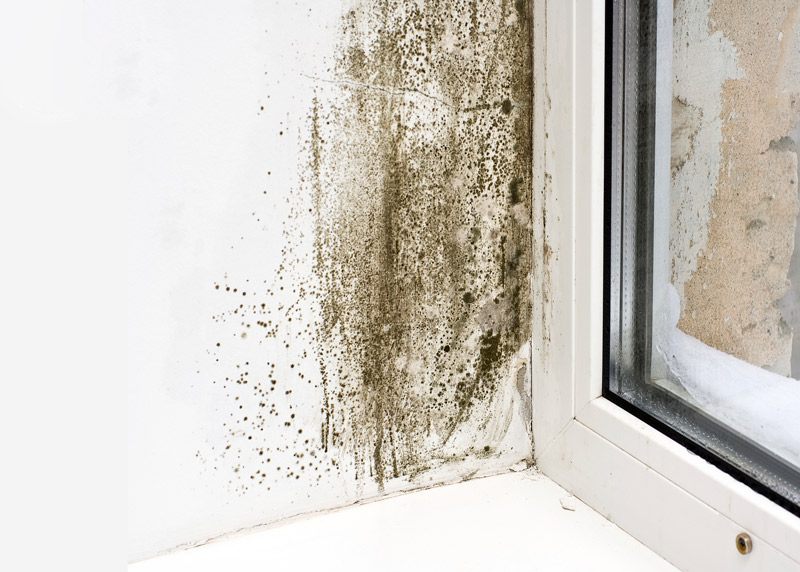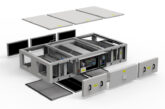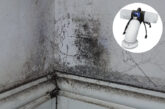
Jennifer Quinn, Technical and Marketing Manager at Vortice, on why it’s the important to ensure your clients’ homes are sufficiently ventilated this winter.
Winter is here and as the frost rolls in we close the windows, bolt the door and retreat into our homes to escape from the cold. Nothing can beat putting your feet up in a nice, cosy living room whilst the elements run riot outside. However, without proper ventilation, that living room might not be as safe as you think.
It’s becoming increasingly difficult to get a fresh air path through a building, especially when newer houses are designed to be so airtight. With less air freely circulating throughout our homes, the quality of the air that does becomes extremely important, as breathing in stale contaminated air can lead to health issues like asthma, headaches, fatigues, nausea and flu.

A toxic environment?
So what are the things that could make a house toxic? The list is long, but can include building materials, paint fumes, detergents, animal hair and cigarette fumes.
Volatile organic compounds (VOCs) released from paint fumes can have a serious effect on health when breathed for long periods of time. Cooking using a gas appliance emits hydrogen dioxide, formaldehyde and carbon monoxide which can lead to various health ailments. Carpets can harbour dust mites, animal dander and harmful particles.
The build-up of humidity within a home also relates directly to dust mites and dust mite allergens; by controlling humidity dust mites are less able to breathe, helping asthma sufferers to breathe more easily.
Prolonged high levels of humidity and condensation are also the main causes of mould growth. Mould spores travel through the air and multiply in damp areas. One in five houses suffer from issues with mould which is an allergen leading directly to respiratory issues.

If this list strikes fear into you then it will also scare your clients. Luckily, you can offer them a simple solution, which is good ventilation. Mechanical ventilation systems, including heat recovery units, are energy efficient solutions to the problem. Vortice MVHR system for a typical domestic property uses no more energy than a 60w light bulb. Vortice heat recovery units also have different grades of filters so that air introduced into the home is clear of external pollutants, particularly useful when the home is situated in areas of high pollution like inner cities. Recovering heat from moist stale air and tempering the incoming air enables heating to be turned down saving energy costs and a well ventilated home ensures that home owners can breathe easy knowing that they are protecting their family from discomfort and illness.








